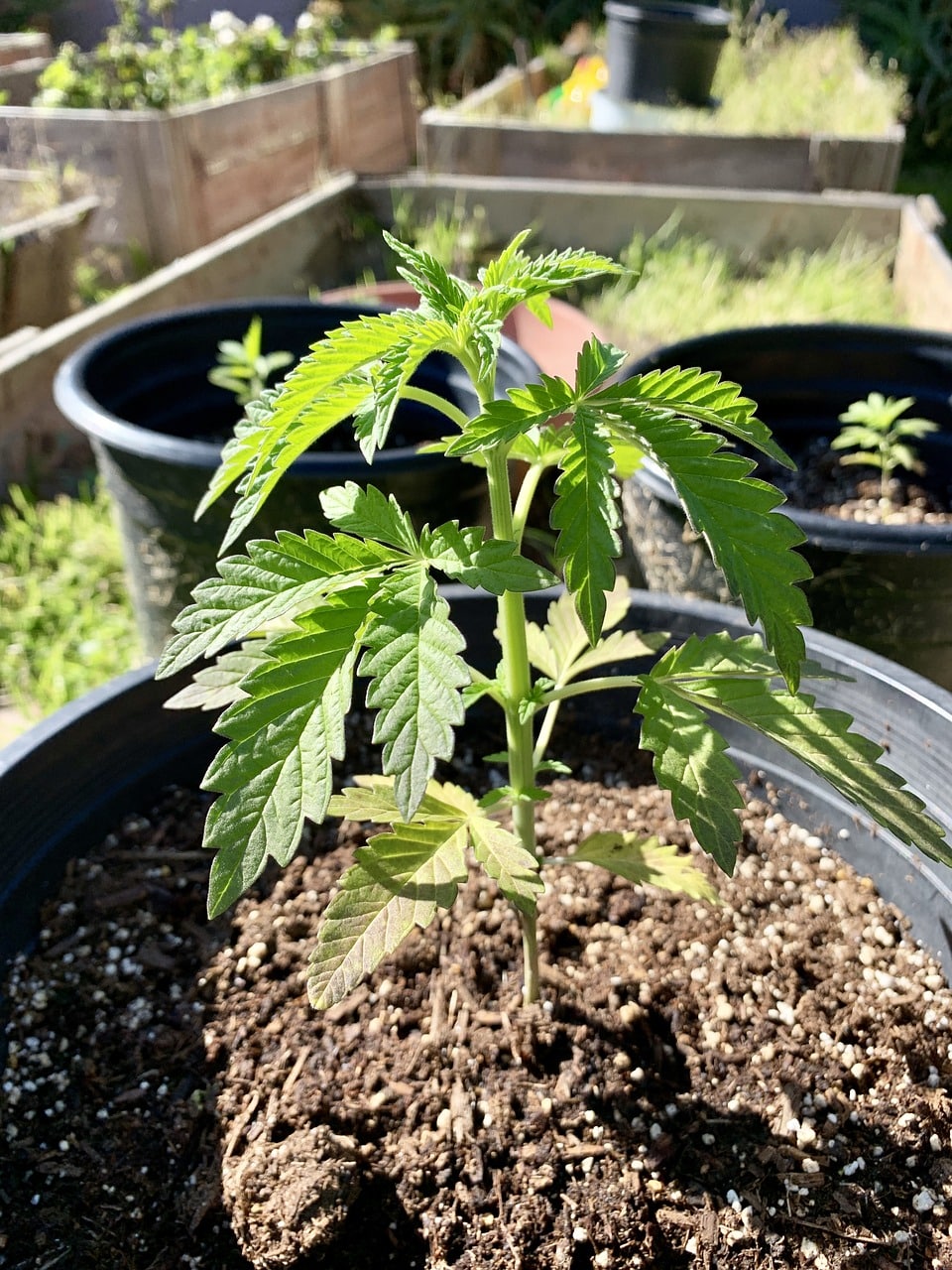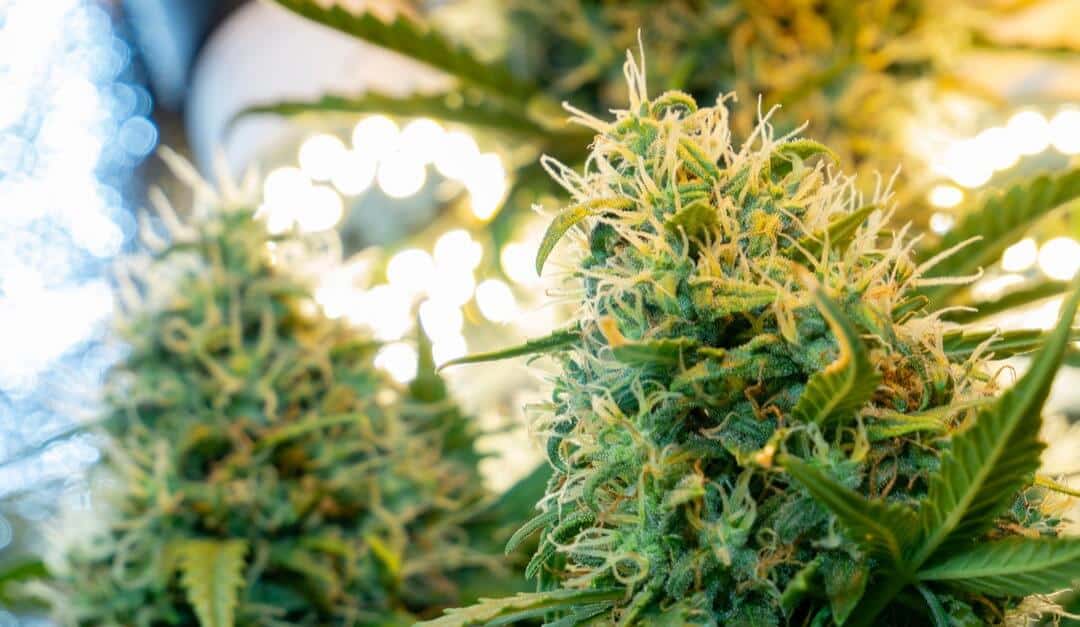Growing Cannabis & Where to Start
Ever thought about growing your own cannabis? It’s a great hobby akin to gardening. But, instead of being left with a bunch of tomatoes, you’ll yield a crop that’s a lot more fun.
It doesn’t matter if you don’t have a green thumb.
Once you learn the proper steps, you’ll realize it’s easier to do than you think. With some patience and THC–sorry, TLC–your pot plants will be thriving in no time.
You’ll find a sense of pride in growing your own pot. Plus, you can cut out the middle man and get high on your own supply.
If any of this piques your interest that you must read these ten tips for growing cannabis. You’ll be sprouting buds in no time.
1. The Better the Cannabis Soil, the Better the Cannabis
It’s no accident we listed this tip at the top of our list. Nothing will affect the quality of your cannabis more than the quality of the soil you choose to grow it in.
You feed children nutritious food to help them grow, right? Well, your cannabis child needs nutritious food too.
The best thing for your plant is living soil.
This specialty soil contains all the nutrients, good bacterias, and friendly fungus your cannabis needs. Growing in living soil ensures that your plant meets its full genetic potential.
2. Say No to Clones
Once you’ve chosen your soil, you need to figure out what to put in it. You have two options: clone plants or seeds.
A clone is cut from a previously grown plant. It would seem like starting with an already developed plant would be a nice head start.
In fact, a clone can actually set you back.
Not only are they difficult to transplant, but they also come with a lot of baggage. Clones carry weaknesses and diseases from their mother plants. You could be setting yourself up for failure.
Growing from seeds may seem intimidating. But you’ll get a stronger, more fertile plant in the long run.
4. It’s All About Location, Location, Location
Soil? Check. Seeds? Check. Now, it’s time to pick an area to put them all.
Cannabis is a very picky plant. Its growing location is paramount to its success. Ideally, you live in a location with eighteen hours of light, slight humidity, and gentle breezes.
If you don’t live in one of those idyllic climates, don’t fret! You can replicate it inside.
The advantage to indoor growing is that you will have complete control of your environment. You’ll need lights, humidifiers, fans, and a closed-off spot in your home.
You can never fully replicate the value of the sun. But, this small, controlled set up is ideal for first-time growers.
5. Be Afraid of the Dark
Like all plants, cannabis needs light to survive. Do you remember Photosynthesis from high school bio? This process gives plants the energy it needs to grow by absorbing energy from the sun.
Your indoor grow lamps will be the sun providing energy for your starving cannabis. The best bulbs are high output fluorescents. They should be positioned no more than four inches away from the sprouting plant.
You also need to replicate nighttime by shutting the lamps off for approximately six hours a day. This will give your plants the rest they need to grow big and strong.
6. Don’t Over-Water When Growing Cannabis!
After nutrients and light, water completes a plant’s healthy diet. But like all things, moderation is key.
Your plant will tell you if it’s being overwatered. Its leaves curl up away from the pot when they’ve had enough.
Too much water will drown your roots and your plant will stop growing. Since there’s no way to give roots CPR, it’s best to under-water rather than over.
8. If You’re Comfortable, Your Cannabis is Comfortable
Your plant is just like you. It prefers a nice temperature of around 74 degrees Fahrenheit. If you’re too hot or too cold, then you can be certain your plant is too.
This is very important to be aware of. While you might just feel uncomfortable, your plant could be at risk of death.
To avoid this, place a thermometer in your growing space and checking it regularly.
7. Don’t Be Your Plant’s Only Fan
Cannabis plants need airflow to prosper. If you’re growing indoors, you most likely don’t have a moderate breeze flowing through your home.
That’s why you need fans. Stagnant air can cause unwanted mold and bacteria to grow on your cannabis. Fans, used together with exhaust systems, can ensure quality flow.
Both you and your plant will breath better with adequate air circulation.
9. Be Prudent With Your Pruning
If all the above conditions are met, your cannabis will be prospering in no time. But, there’s still much work to be done.
To get the biggest growth possible, you need to diligently prune your plant. That means cutting off the plant’s lower nodes. Lower nodes won’t receive enough light. By removing them, you’re saving energy for the rest of your plant.
10. Dry and Cure the Buds
Drying and curing your buds is probably the most important part of this whole process. Any moisture left on your buds could result in mold destroying your harvest.
To dry them, you need to place your buds on a rack in a temperature-controlled space with good airflow. Curing is done by storing the dried buds in mason jars.
The more diligent you are with your drying and curing, the better results you’ll have with your cannabis.
Growing Cannabis is Easy with These 10 Tips
Growing cannabis takes commitment and patience. But, if you’re willing to learn and put in the effort, anyone can do it.
Interested in trying this hobby out yourself? Then get started on the right foot by providing your plants with the best soil possible. Check out our living soil now and get on your way to growing!
Start growing cannabis the easy way
Quality super soil that yields high results with minimal effort.







